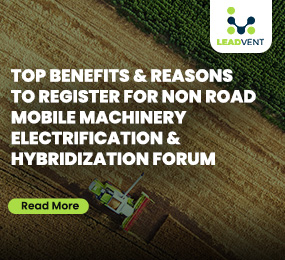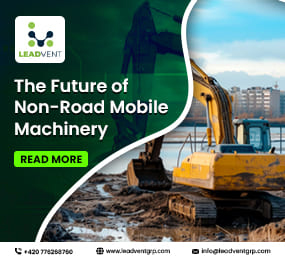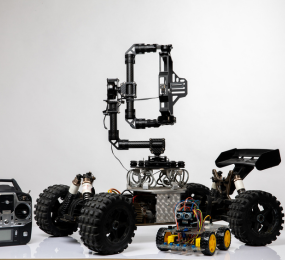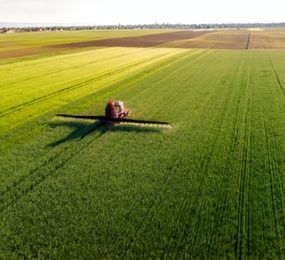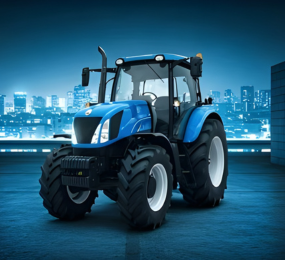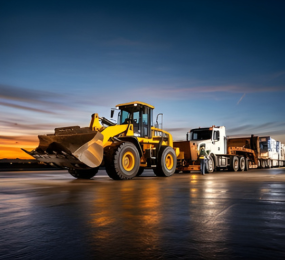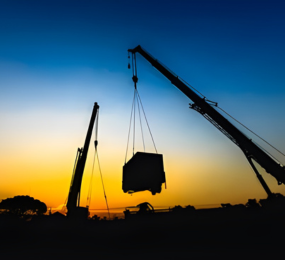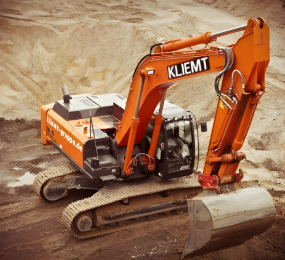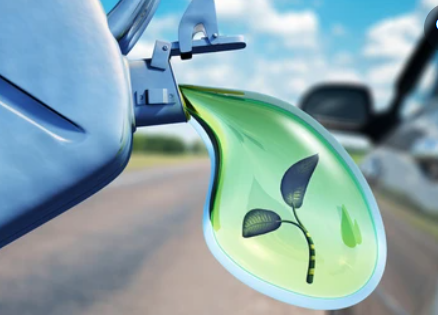Electrifying Non-Road Mobile Machinery: A Critical Step Toward Decarbonization
When we think of emissions and pollution, our minds often go straight to cars and trucks on busy highways. But there’s a less visible group of machines operating in construction sites, ports, farms, and mines that collectively contribute a significant share of diesel-related emissions: Non-Road Mobile Machinery (NRMM).
These are the excavators, forklifts, harvesters, and industrial loaders working tirelessly behind the scenes. While essential to economic development, NRMM has long flown under the radar in climate discussions. Now, that’s changing and fast.
The Hidden Carbon Footprint
NRMM accounts for a notable portion of particulate matter (PM), nitrogen oxides (NOx), and greenhouse gas (GHG) emissions, especially in urban or industrial zones. Because many of these machines run on diesel engines, they produce not only CO? but also noise and air pollution that directly impact workers and nearby communities.
Unlike passenger vehicles, which are tightly regulated and already seeing widespread electrification, NRMM has historically lagged behind due to its unique operating demands: high torque, long duty cycles, and off-grid environments. But today, with advancements in battery technology, charging infrastructure, and electric drivetrains, electrification is no longer a distant goal it’s a growing reality.
Pushing Toward Clean Power
Across Europe, North America, and parts of Asia, manufacturers and regulators are setting their sights on zero-emission alternatives. Cities like Oslo and Amsterdam are trialing all-electric construction sites. Equipment makers are rolling out electric versions of mini-excavators, skid steers, and compact loaders, with performance levels matching their diesel counterparts minus the emissions and noise.
In agriculture, electric tractors and autonomous harvesters are beginning to reshape the idea of what farming can look like in the 21st century: clean, quiet, and efficient. Ports and airports are swapping diesel ground support equipment for electric fleets. These transitions are not just good for the planet they’re improving air quality for workers and lowering operational costs over time.
Challenges Still Remain
Despite this progress, the road to full decarbonization isn’t without its hurdles. Large-scale equipment still struggles with battery limitations, and many work sites lack the infrastructure needed for reliable charging. Furthermore, upfront costs for electric models can be high, especially for small operators.
However, with smart policy incentives, government-backed pilots, and a steady drop in battery prices, these barriers are beginning to fall. What once seemed technically unfeasible is now commercially viable and increasingly necessary.
Key Takeaway:
The electrification and decarbonization of non-road mobile machinery is no longer a fringe concept it’s a pivotal part of the global climate solution. Cleaner machines mean cleaner cities, healthier workers, and a meaningful reduction in industrial emissions. The shift is underway, and it’s time to accelerate.
Learn more on our website: https://www.leadventgrp.com/events/2nd-annual-non-road-mobile-machinery-electrification-and-decarbonization-forum/details
For more information and group participation, contact us: [email protected].
Leadvent Group - Industry Leading Events for Business Leaders!
www.leadventgrp.com | [email protected]


